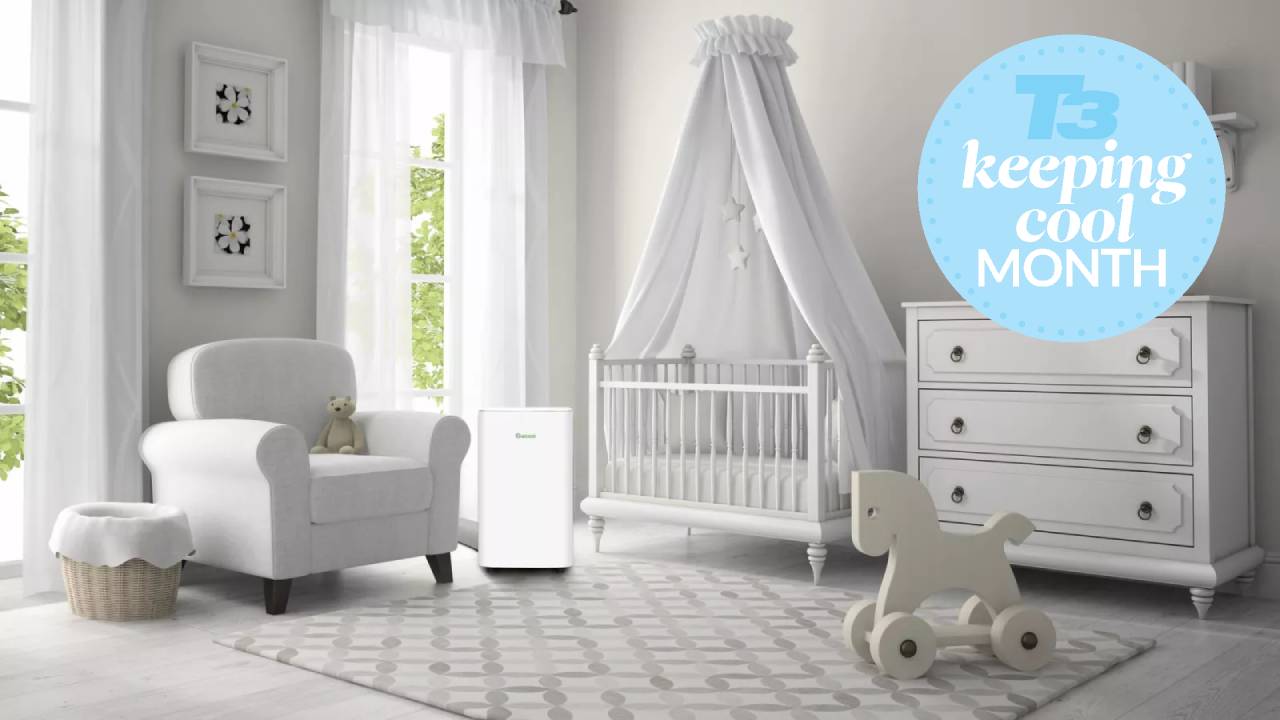

When it gets hot enough to melt a pair of flip flops, there isn’t a fan in existence that will make you feel as cool as a portable air conditioner. After all, a fan just recirculates the warm air around you so, while it is definitely better than having no fan at all, it won’t cool you down sufficiently to feel comfortable. By stark contrast, the right size of portable air conditioner will blow fridge-like temperatures in your direction and generally lower a room’s ambient temperature if left on long enough.
However, you can’t just buy the best portable air conditioner, bung it anywhere in a room and expect it to perform as it should. This is because there are many things to consider before you even think of bringing one into the home.
If you make any of the common mistakes I highlight below, chances are the aircon won’t perform as it was intended and you will feel shortchanged, flustered, hot, sweaty and angry. Your partner will accuse you of wasting a lot of money on a useless white elephant, an argument will ensue and divorce proceedings will follow.
So, if you want to remain happily married or in a civil partnership, you could do worse than dip into this handy guide before you splash the cash.
1. Choosing the wrong size unit
The single biggest mistake most people make when buying a portable air conditioner is choosing the wrong size of unit for the intended space. The key spec you’re looking for is BTU which stands for British Thermal Unit, a standard measure of heat that lets you know how many units of heat the air conditioner can remove. In a nutshell, the higher the number, the more powerful the unit and therefore its suitability for a larger room. If the unit is too small, it will struggle to cool the room effectively and possibly have no effect at all. Similarly, an oversized unit may cycle on and off too frequently, wasting energy in the process.
The best way to find out which BTU figure is best for you is to measure the length and the width of the room in feet. Now multiply the two figures together and then multiply the answer by 25. Hence, if your room is 20 x 15 feet, consider a model with a BTU of at least 7,500.
The peak BTU of a portable domestic aircon unit is around 18,000BTU – the point at which it is time to consider a professionally installed integrated system instead. In general, the highest and most common ratings you might come across for a portable unit are between 12,000BTU and 14,000BTU. This range would be good for a large room of about 30 feet in length and 15 feet in width. The most popular sizes of portable aircon in the UK are between 7,000BTU and 10,000BTU.
Sign up to the T3 newsletter for smarter living straight to your inbox
Get all the latest news, reviews, deals and buying guides on gorgeous tech, home and active products from the T3 experts
2. Not using the supplied exhaust hose
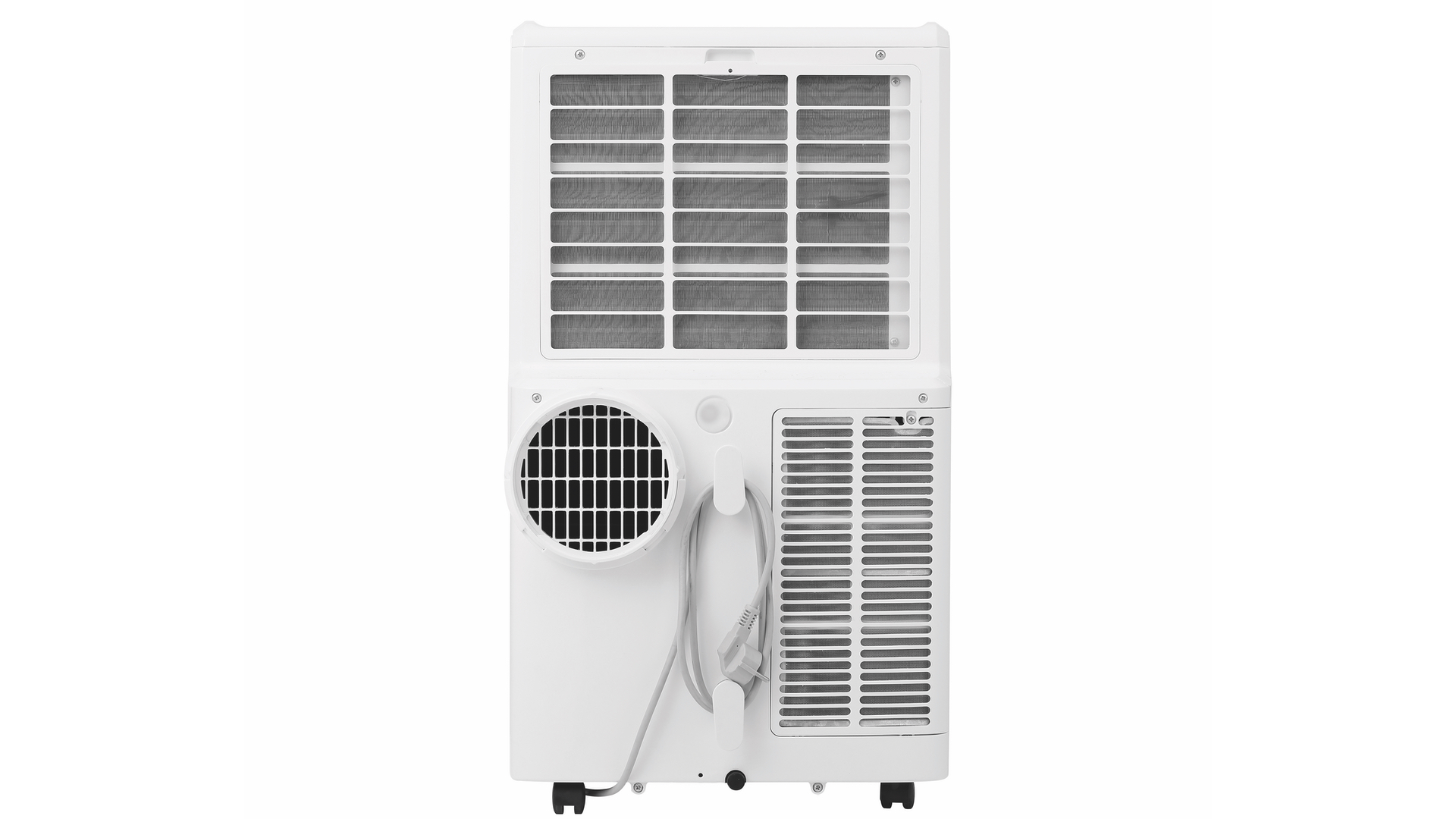
Every portable air conditioner comes with a large circular exhaust vent that needs to be ported outdoors using the supplied hose
That collapsed concertina hose and selection of square fittings you received with your portable air conditioner must not be ignored because they are integral parts of any aircon package. These seemingly useless fittings are designed to vent out the hot air generated by the unit’s compressor during the cooling process. And there’s a lot of it which you can easily feel if you put your hand round the back.
Granted, there’s no law to stop you from just using the unit anywhere in the room without any venting – it will cool you far better than any fan if you sit close enough – but the whole point of portable aircon is to cool an entire air space rather than an individual. So if you forgo the hose – and the supplied fittings which I shall get to in the next chapter – your aircon unit will be fighting against itself. In fact, it will have almost zero effect if left on for 30 minutes or so and the room may possibly get even warmer as a result.
3. Failing to use the supplied window fittings correctly
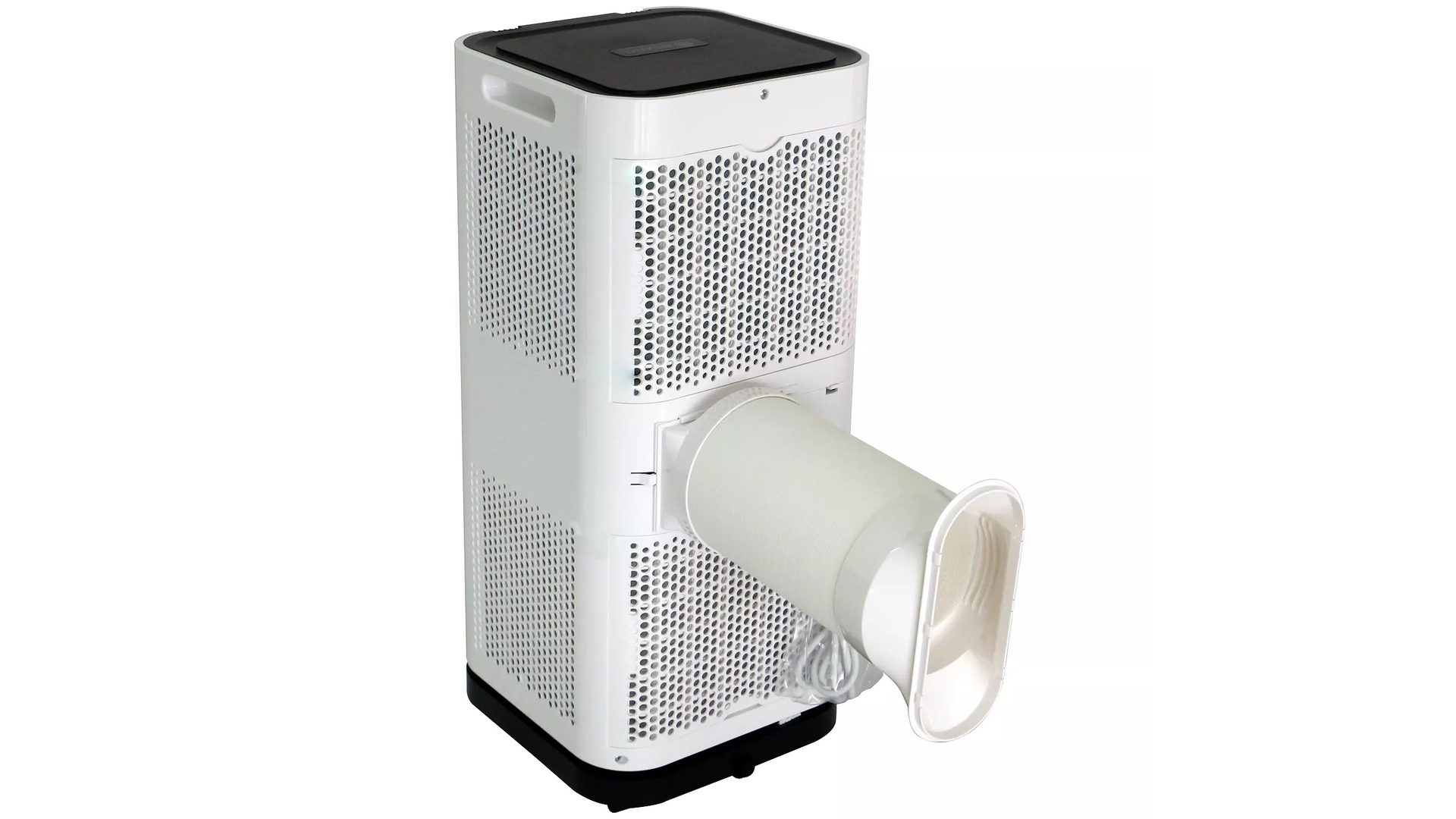
Use the supplied expandable hose and window attachment for maximum efficiency
Since the reason your home is hot is because of high outdoor ambient temperatures, no aircon unit – both portable or built in – will work effectively if doors and windows are left open. So, the first thing to do is close them, which admittedly doesn’t feel like the most pleasant thing to do when it’s so lovely and warm outside.
Now, I'm the first to admit that portable aircon units are among the ugliest monstrosities in the home, and it’s made worse by the fact you need to run a dirty great 4 to -6 inch hose out of the house. The most common method without drilling any holes in the outer wall is to partially open a window and use the supplied window adapter and then somehow tape up any gaps the best way you can. Yes, it’s a very Heath Robinson-esque affair but as long as there are no air leaks, an outdoor hose setup will be sufficient enough for the air conditioner to work as intended.
The alternative is to have a 4 to 6-inch hole punched through an outer wall. This is a much more costly option but also far and away the most aesthetically pleasing. It also makes it much easier to use the air-con as and when required.
However, there is another brilliant method of porting out all the hot air coming out of the aircon’s exhaust but it does depend entirely on whether you have a functioning fireplace and flue. Simply place the air con unit in front of the fireplace with the exhaust port as close to the front of the hearth as possible and all the hot air it produces will go straight up the chimney – after all, it’s what the chimney was designed for. This is by far the most hassle-free and tidiest way to enjoy the benefits of portable air conditioning but, for goodness sake, make sure you’ve removed as much soot as possible from the fireplace first or it’ll be blown all over your furnishings.
4. Incorrect aircon placement
Proper placement of a portable air conditioner is also crucial to its performance. Placing the unit in an area with poor air circulation or obstructing its vents can hinder its ability to cool the space efficiently. So avoid placing it near curtains, furniture or other objects that could obstruct the airflow. As mentioned above, ideally position the unit near a window or outer wall where the unit can exhaust the hot air outside using the provided venting kit. Oh, and don’t leave it sitting in direct sunlight or its thermostat will become terribly confused.
5. Running the unit 24/7
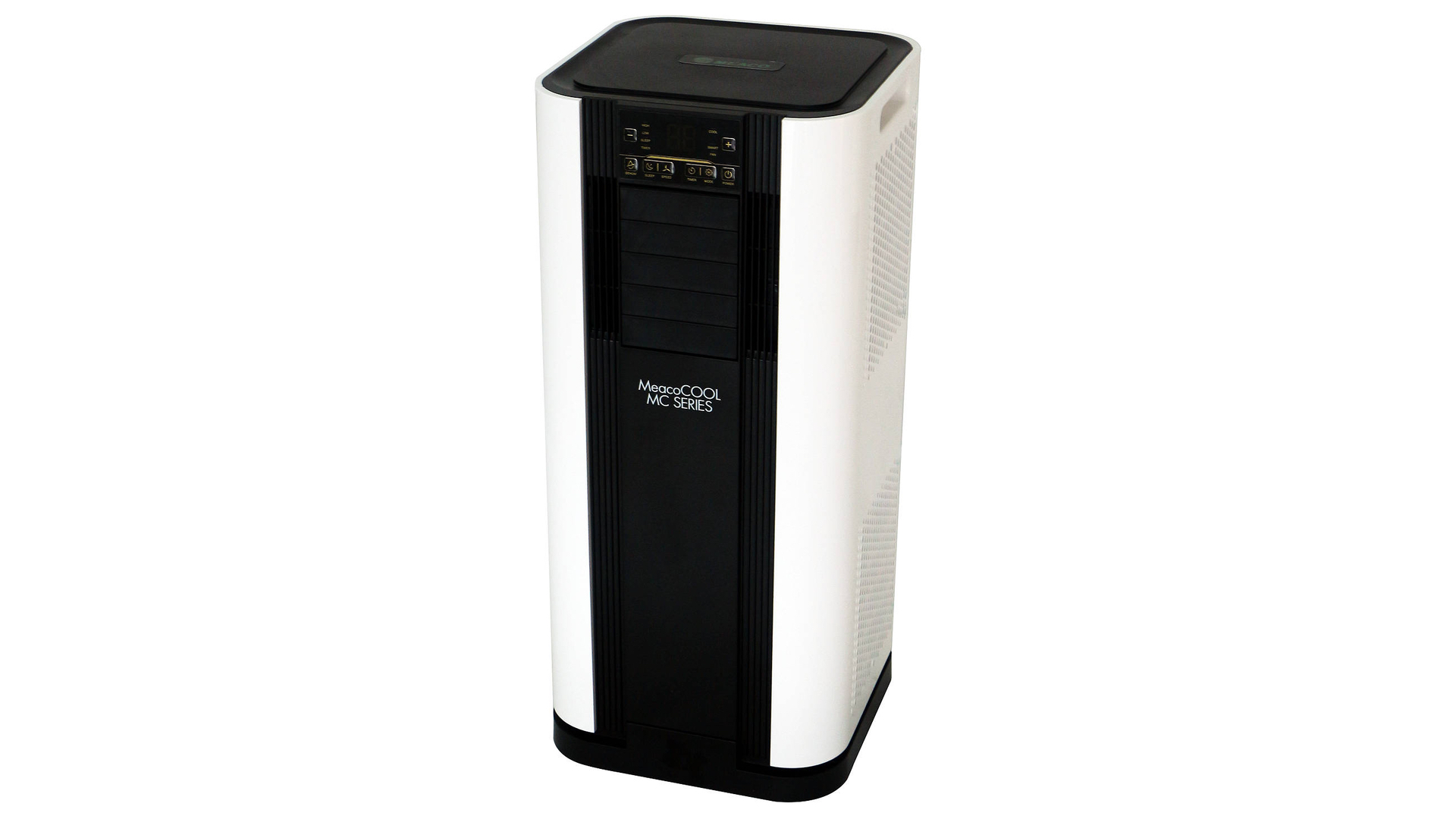
While it's tempting to keep your portable air conditioner running continuously during hot weather, doing so increases energy consumption which can be very costly. Also, continuous operation can put unnecessary strain on the unit. Instead, use the unit when needed and consider utilising other cooling methods, such as fans or shading windows, to reduce costs.
To give you some idea of UK electricity running costs, a top-performing portable aircon like a MeacoCool MC Series with 14,000BTU consumes 1,560W which, at today’s electricity rates, equates to a running cost of around 47p per hour, £3.76 for an eight-hour day, £26.32 per week and whopping £1,368.64 per year.
6. Not considering the noise
Unlike a cooling fan that generally hums along at a comfortable volume, a portable air conditioner can be quite noisy even in night mode – between 58 db and 68 db – and the noise it makes can vary from a quiet white-noise hum to the sound of growling as the compressor periodically kicks in and out. It gets even louder when the unit is set to full bore – loud enough to drown out the TV. Bear this mind if you don’t want the constant sound of white noise punctuated by the odd growl and groan.
7. Using the aircon unit the moment it’s delivered
It’s very tempting to remove the air conditioner from its transport packaging and immediately turn it on. But this is not good for it because, like any fridge, a portable air conditioner needs to rest in an upright position for several hours after it’s been transported. This is to allow the refrigerant to move back to its proper position after being displaced while the unit was very likely on its side in the back of a truck. There is no fixed time for this resting process but research shows that a period of 8 to 24 hours is a safe bet.
Now you know how to avoid the most common aircon mistakes, dip into our carefully curated guide to the best portable air conditioners you can buy.
Air conditioners not your cup of cool? Head over to our guide to the best fans instead.
Derek (aka Delbert, Delvis, Delphinium, Delboy etc) specialises in home and outdoor wares, from coffee machines, white appliances and vacs to drones, garden gear and BBQs. He has been writing for more years than anyone can remember, starting at the legendary Time Out magazine – the original, London version – on a typewriter! He now writes for T3 between playing drums with his bandmates in Red Box (redboxmusic).
-
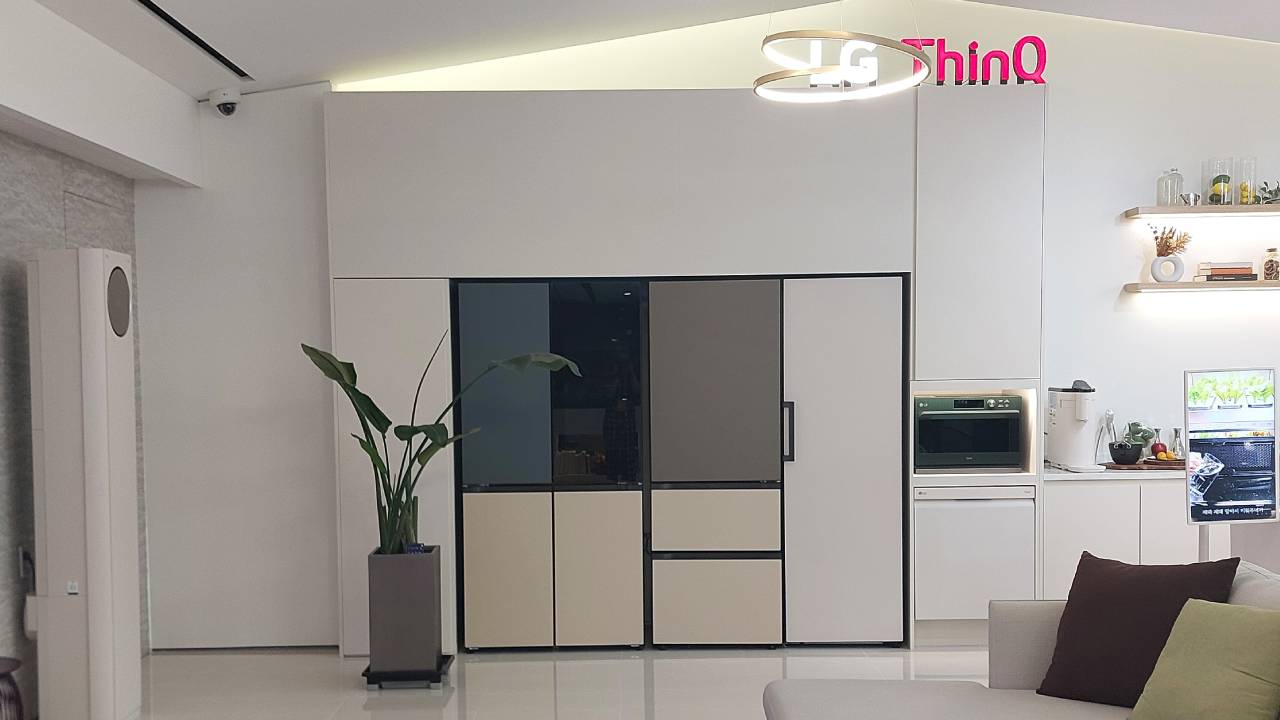 I visited LG’s HQ in Korea – and these are the 5 LG appliances I want for my house
I visited LG’s HQ in Korea – and these are the 5 LG appliances I want for my houseLG’s latest home appliances are smart, efficient and make your life easier
By Bethan Girdler-Maslen
-
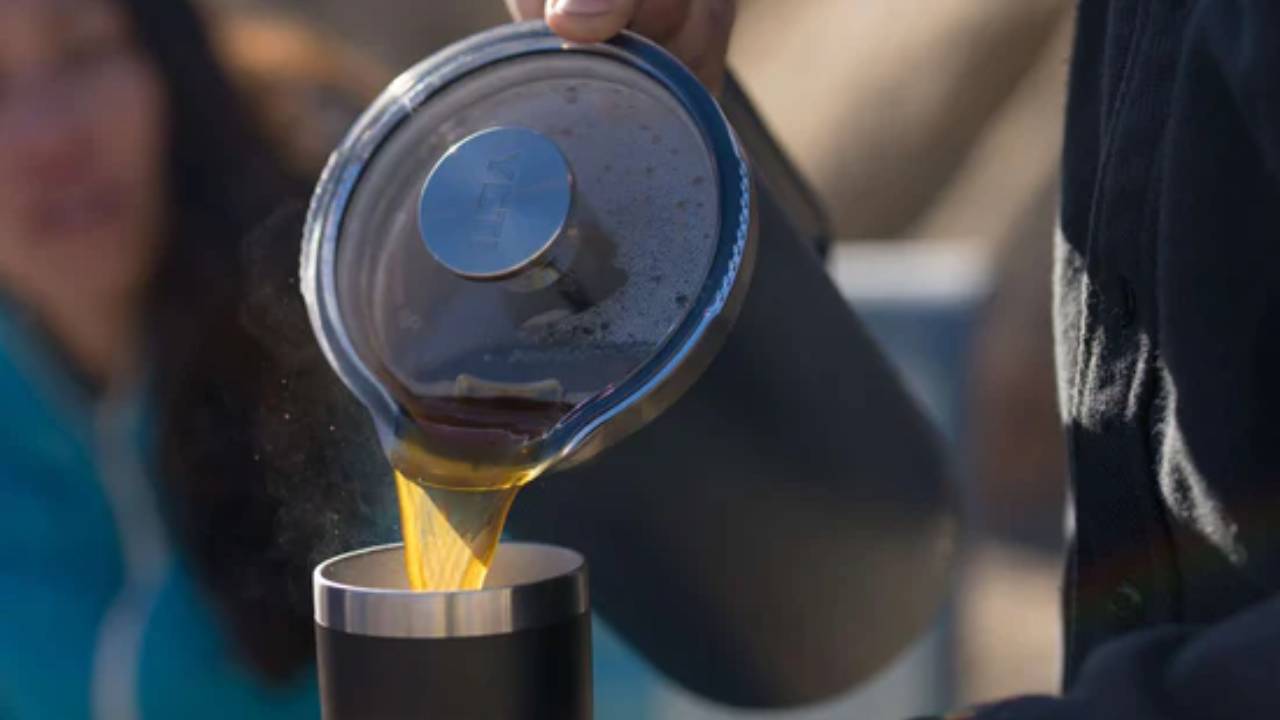 The YETI French Press is exactly what I needed on my last camping trip
The YETI French Press is exactly what I needed on my last camping tripYETI’s new French Press is the perfect companion for camping and hiking trips
By Bethan Girdler-Maslen
-
 Get nearly $700 off the mega-popular DreamCloud mattress this 4th of July
Get nearly $700 off the mega-popular DreamCloud mattress this 4th of JulyBuyers will also receive a bedding bundle for $149 (RRP $599)
By Lizzie Wilmot
-
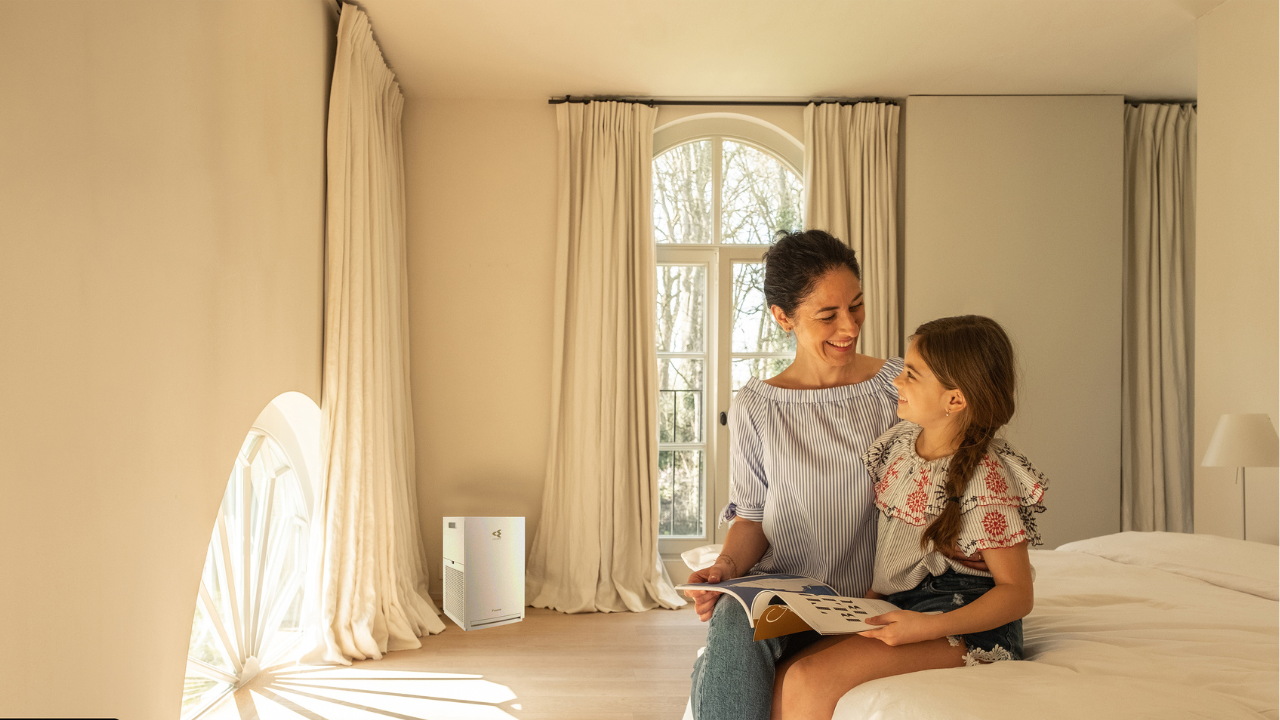 Struggling to sleep? Have a look at these quiet-approved fans and air purifiers
Struggling to sleep? Have a look at these quiet-approved fans and air purifiersQuiet Mark has finally revealed its 2024 certified fans and air purifiers
By Lizzie Wilmot
-
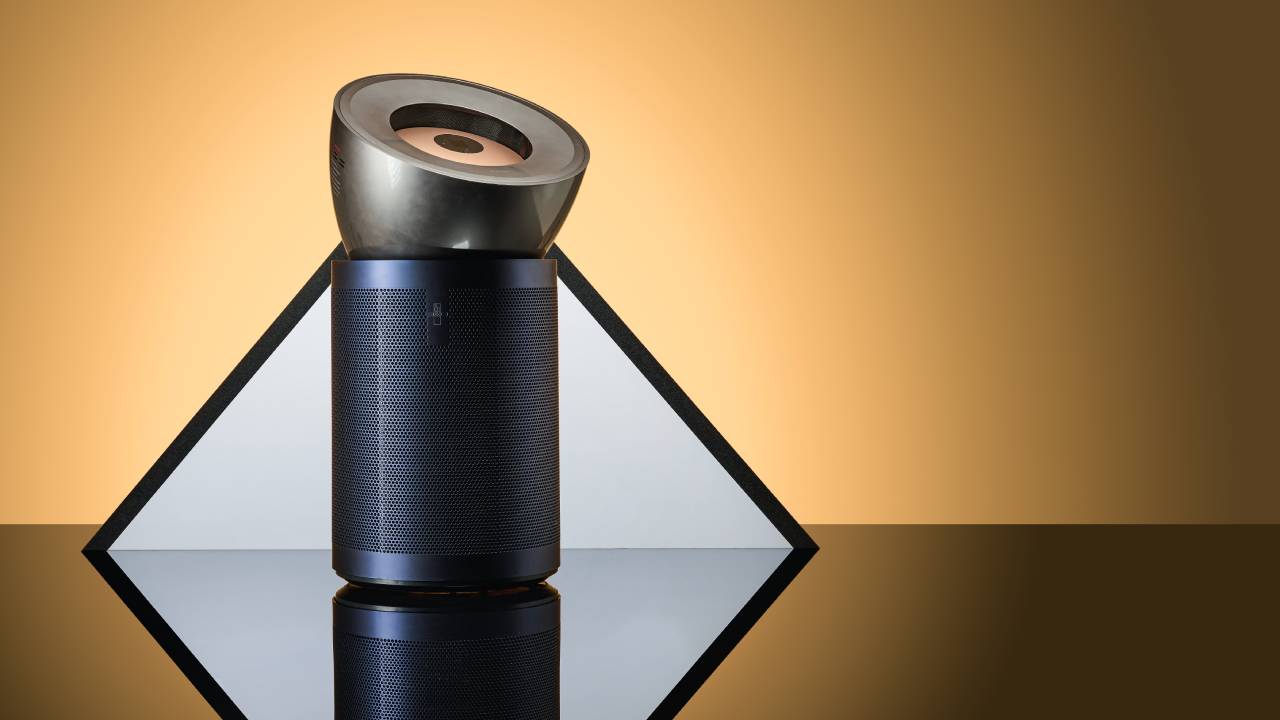 T3 Awards 2024: all Home and Style award winners announced
T3 Awards 2024: all Home and Style award winners announcedFrom vacuums and mattresses to hair stylers and watches, T3 celebrates the best Home and Style products of 2024
By Bethan Girdler-Maslen
-
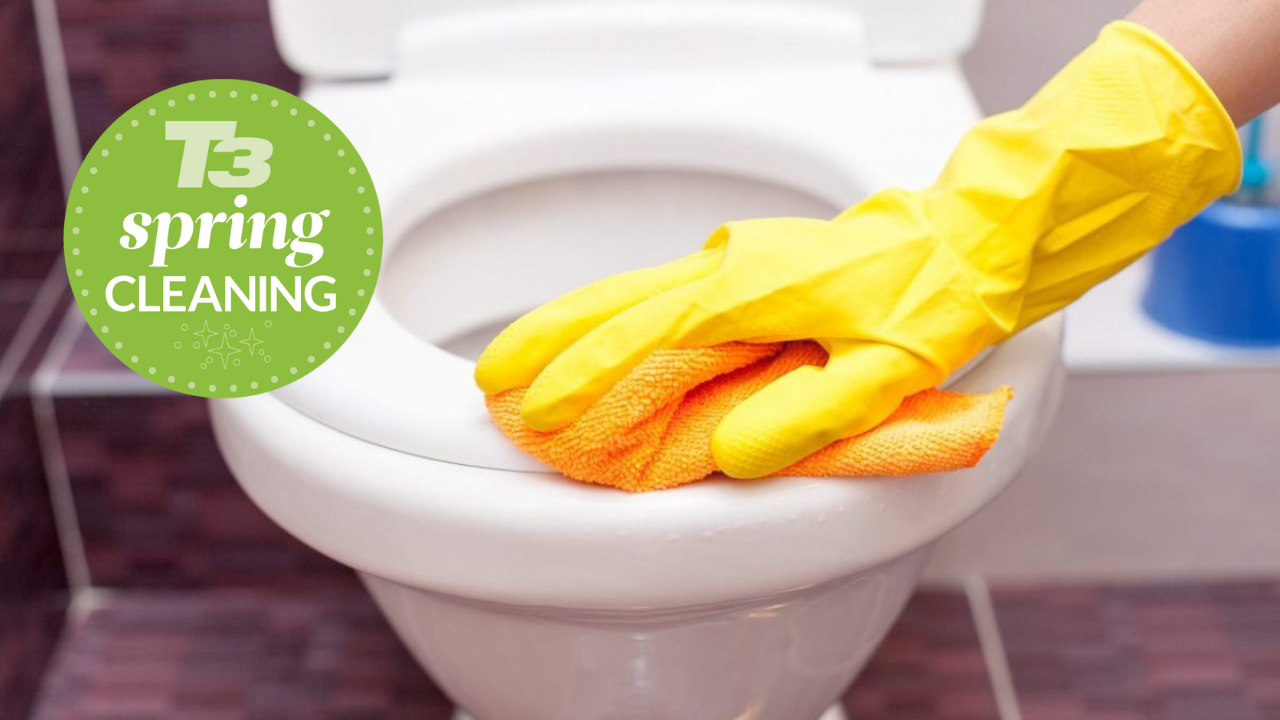 3 places in your home that are just as dirty as your toilet
3 places in your home that are just as dirty as your toiletYou'll be surprised...
By Lizzie Wilmot
-
 Dyson’s global air quality study shows indoor air quality is worse than outdoors
Dyson’s global air quality study shows indoor air quality is worse than outdoorsDyson unveiled the results of its first Global Connected Air Quality study… and the results are shocking
By Bethan Girdler-Maslen
-
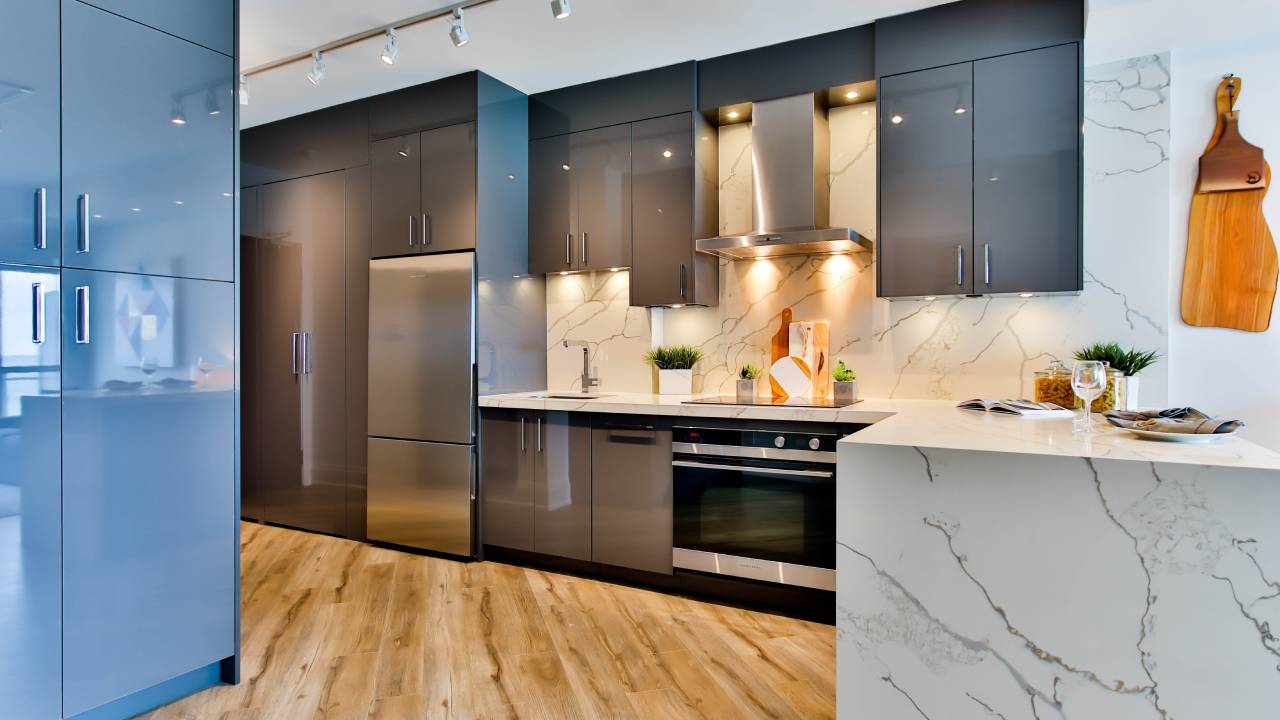 5 must-have kitchen appliances to introduce to your home in 2024
5 must-have kitchen appliances to introduce to your home in 2024Upgrade your kitchen with these smart home appliances that make your life easier
By Bethan Girdler-Maslen

